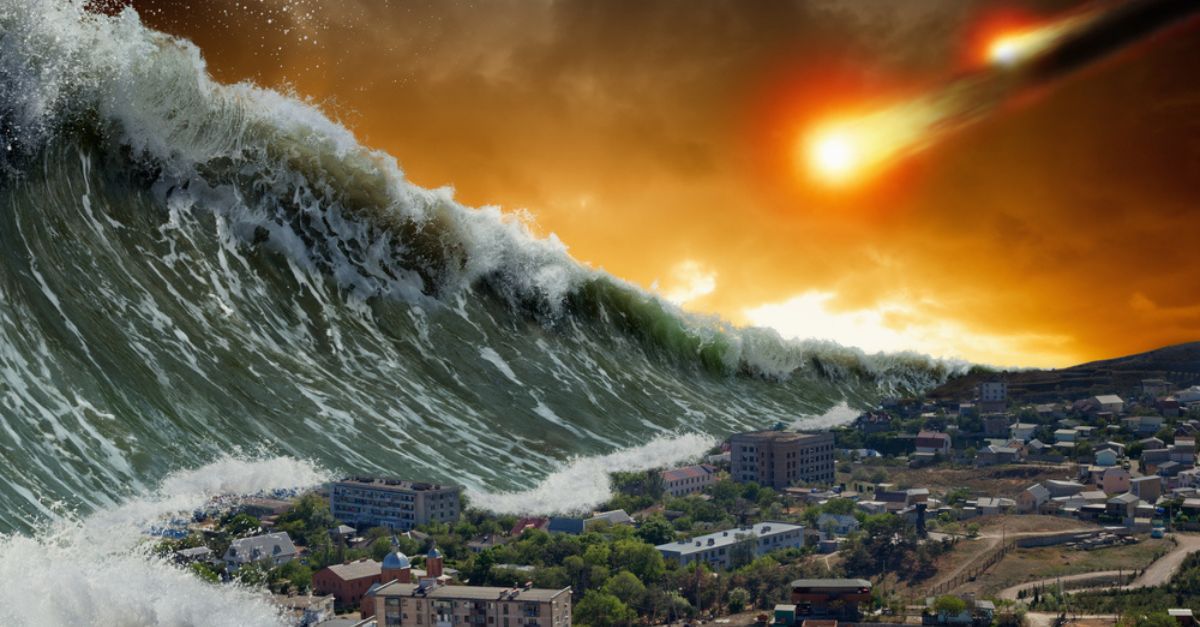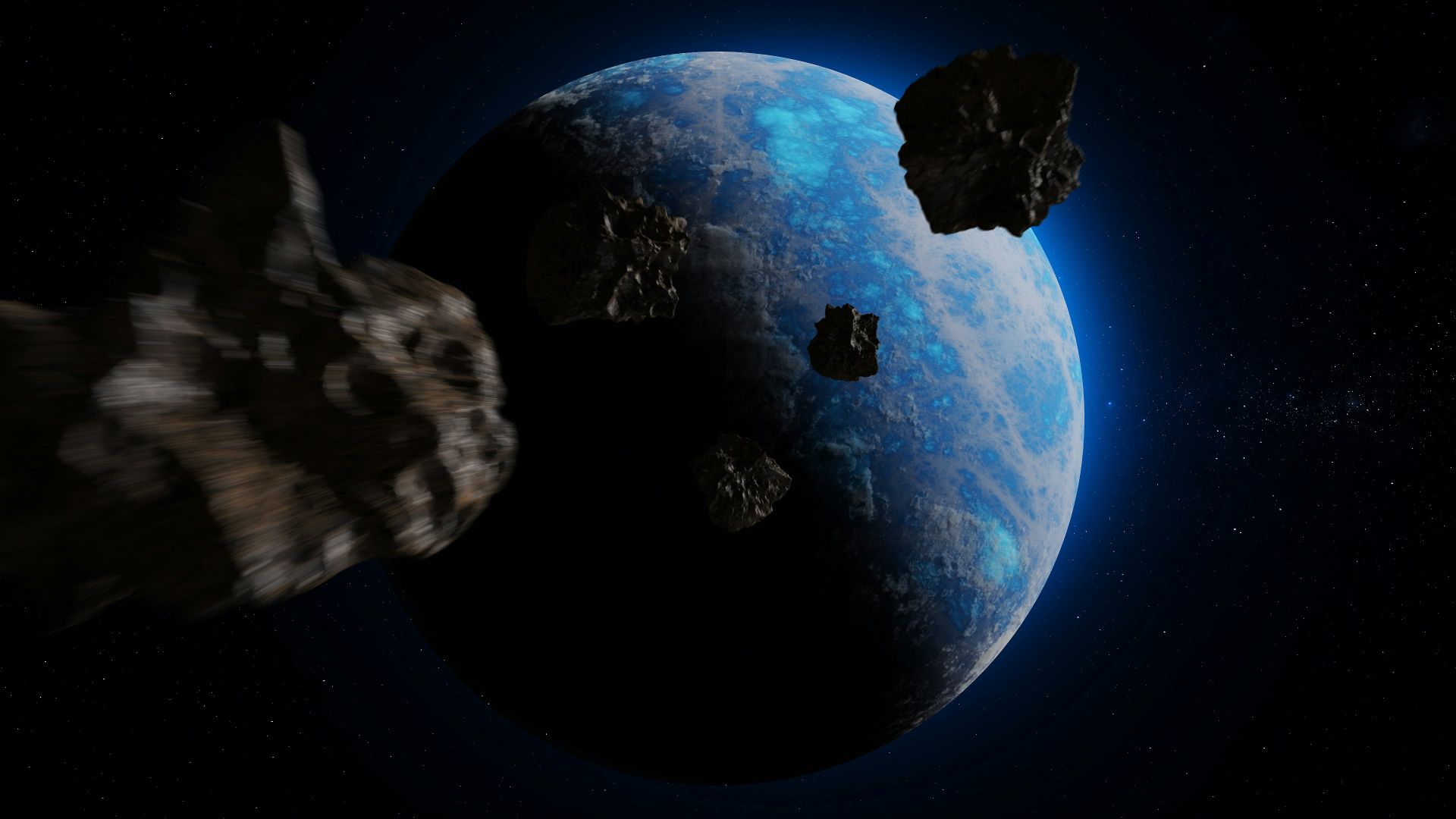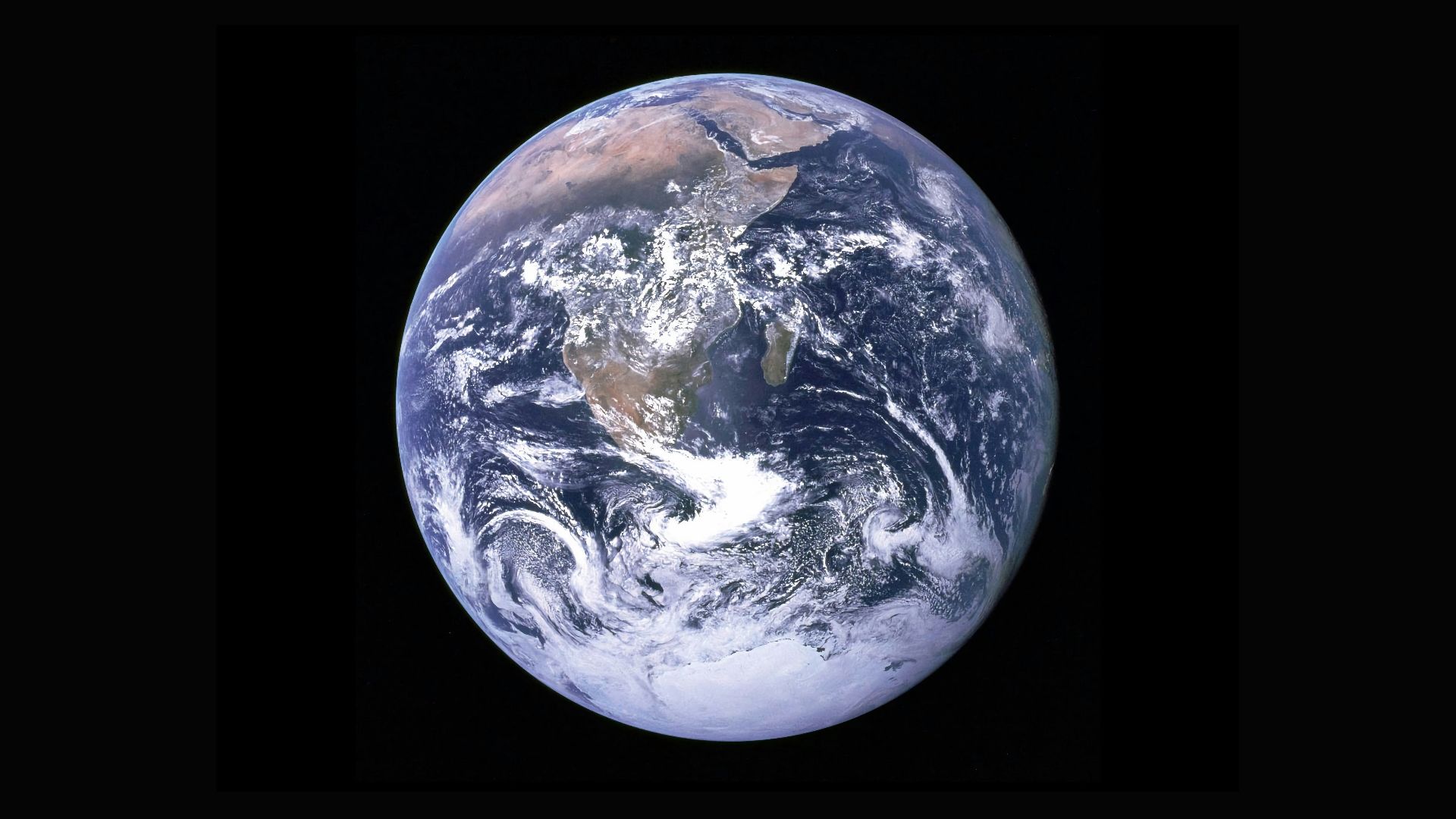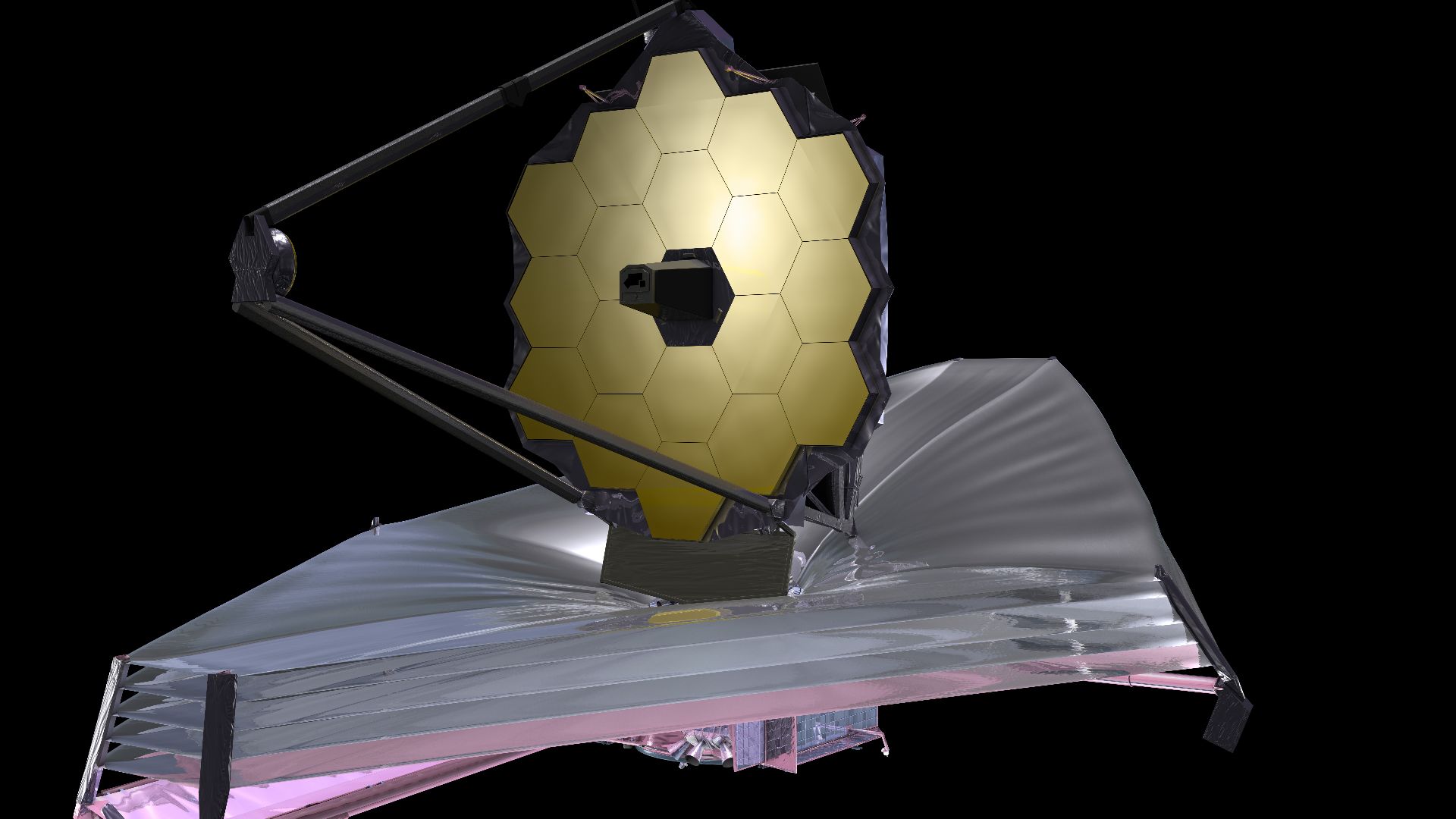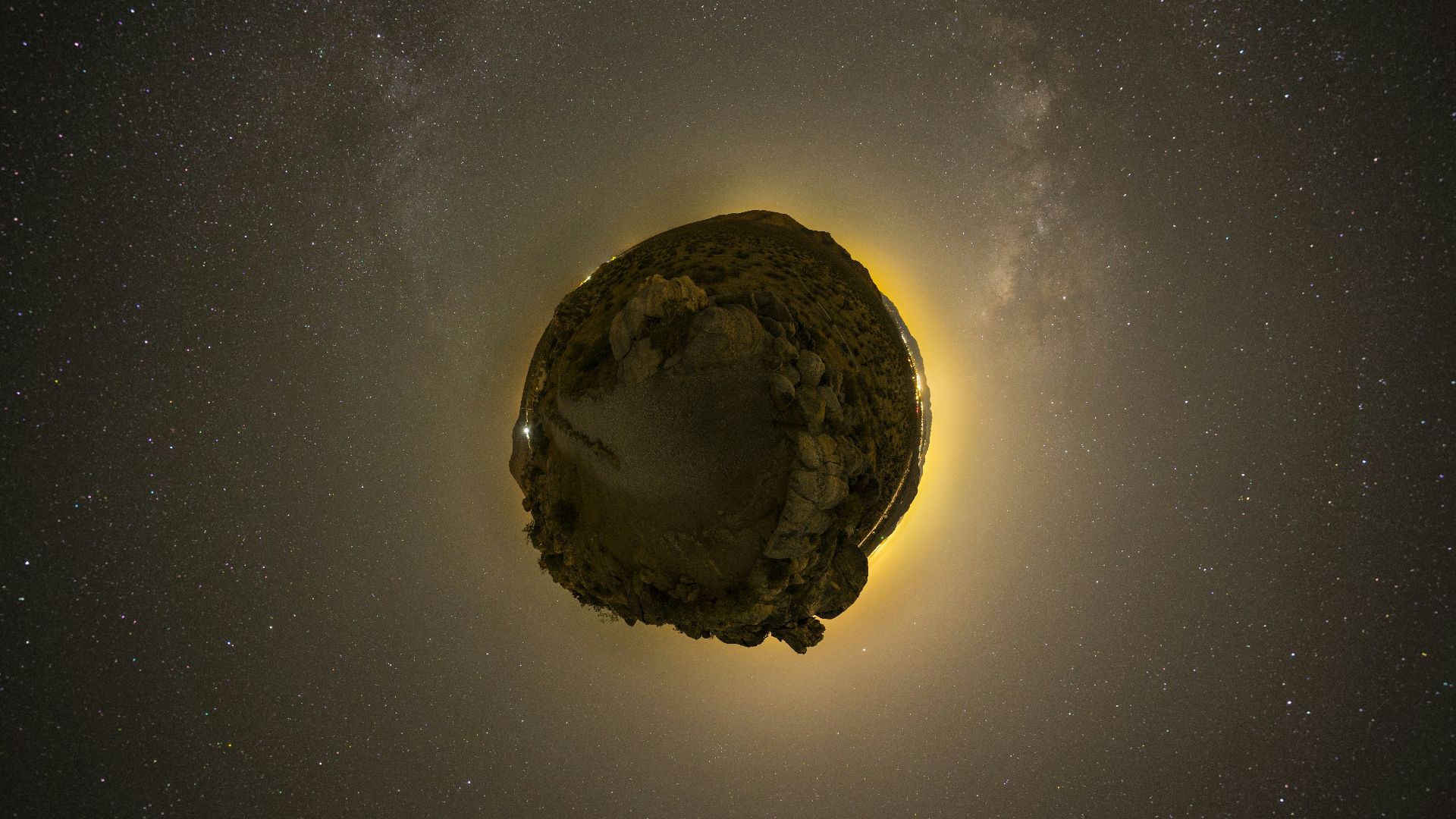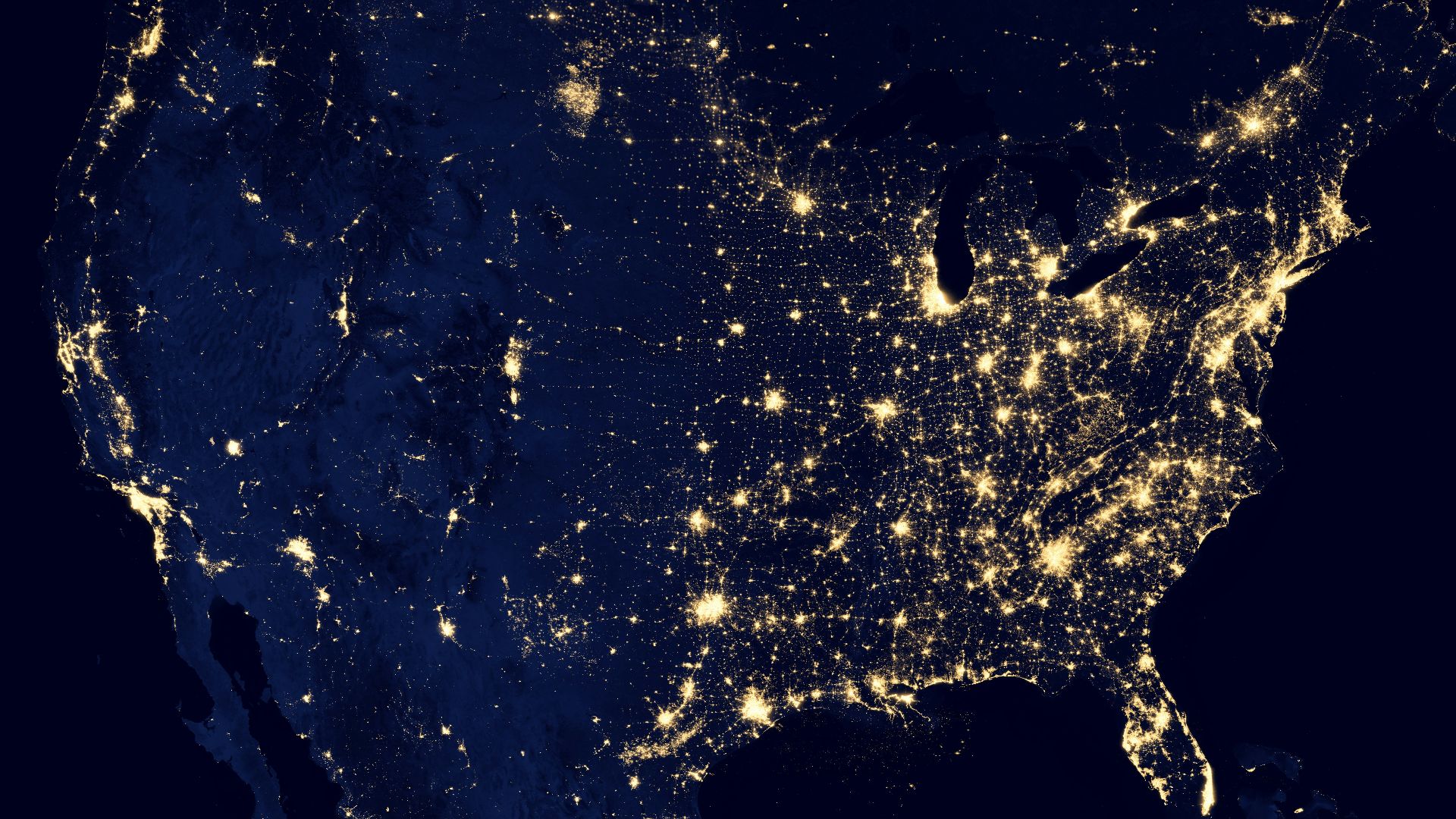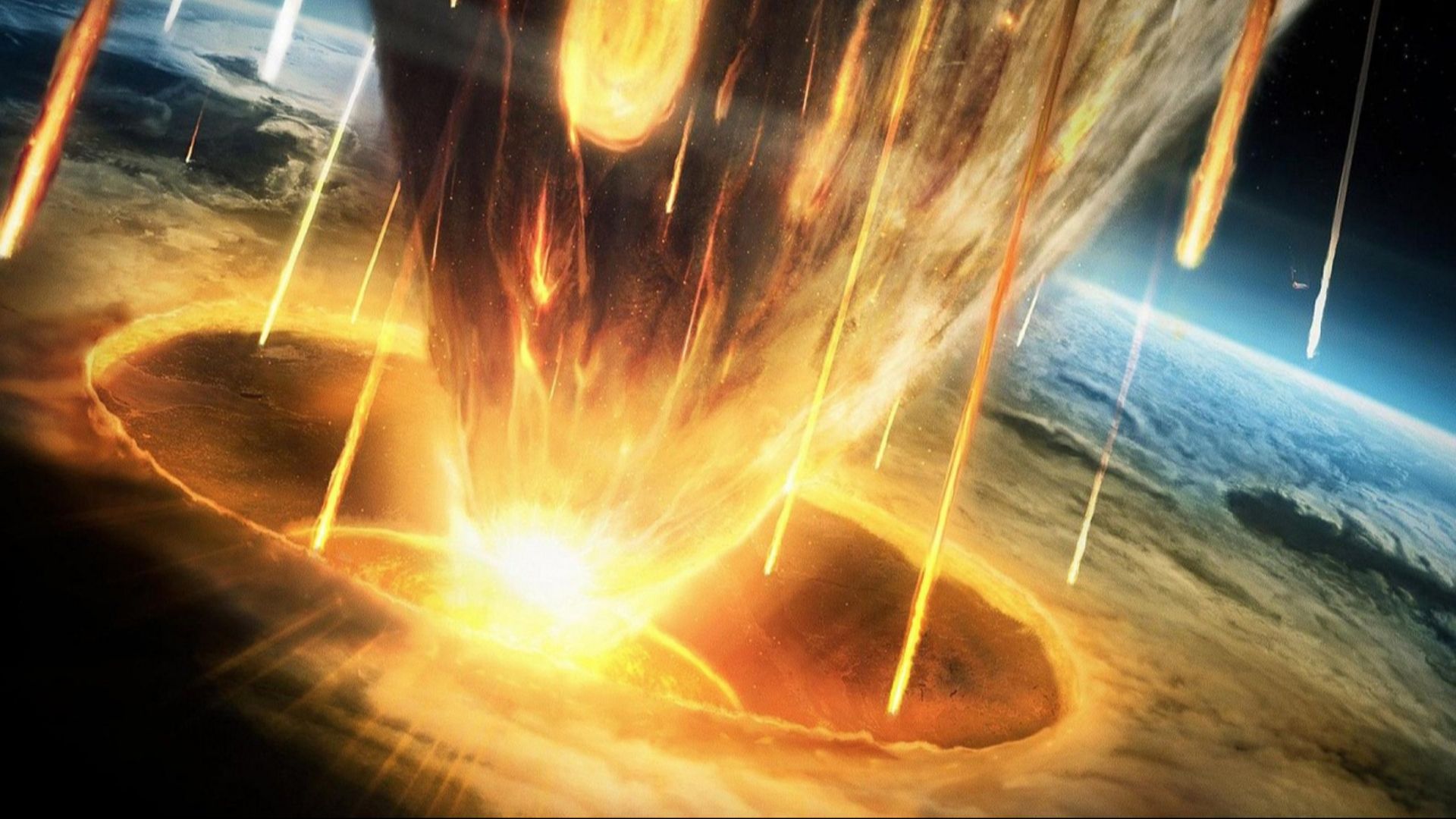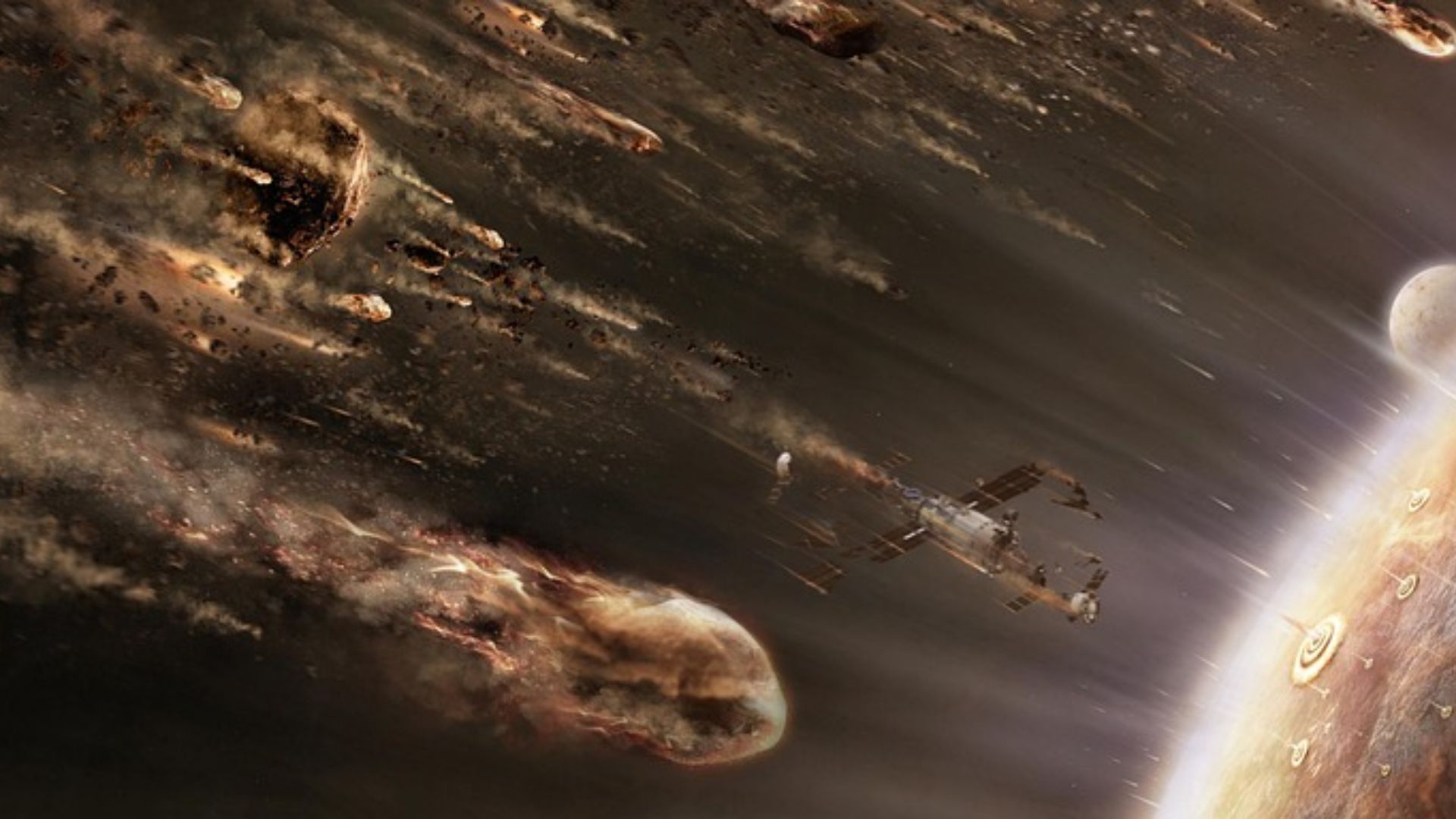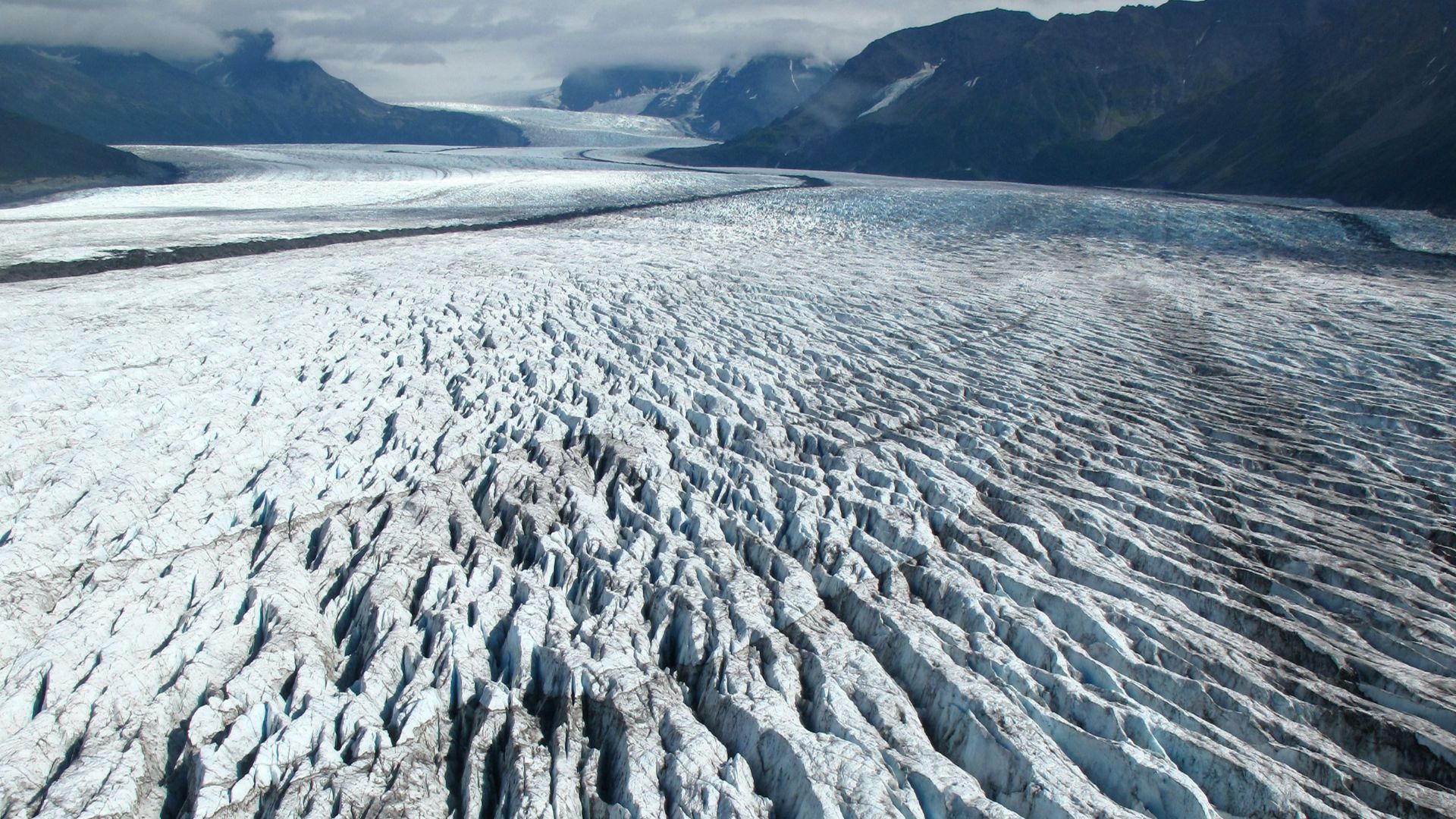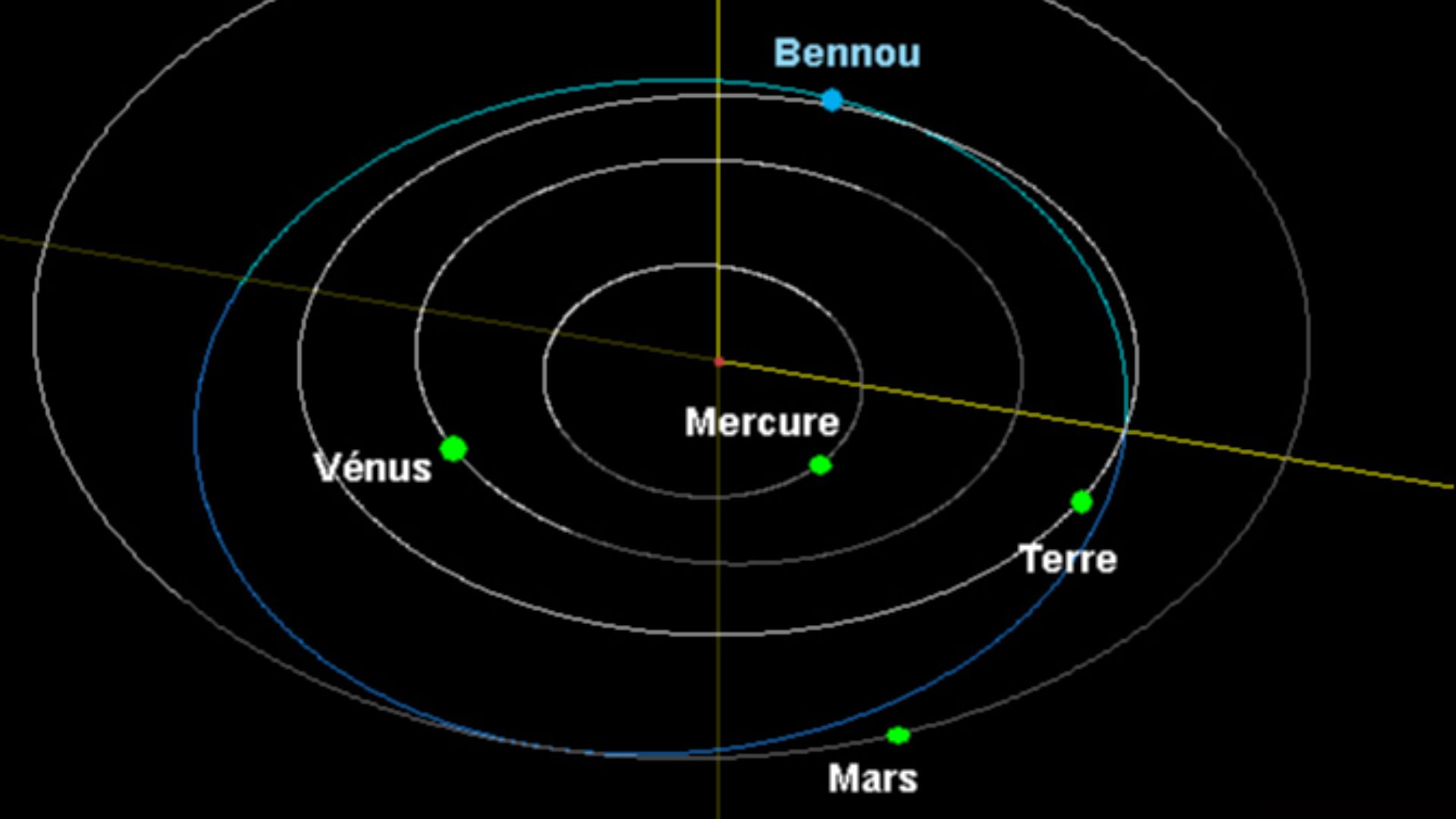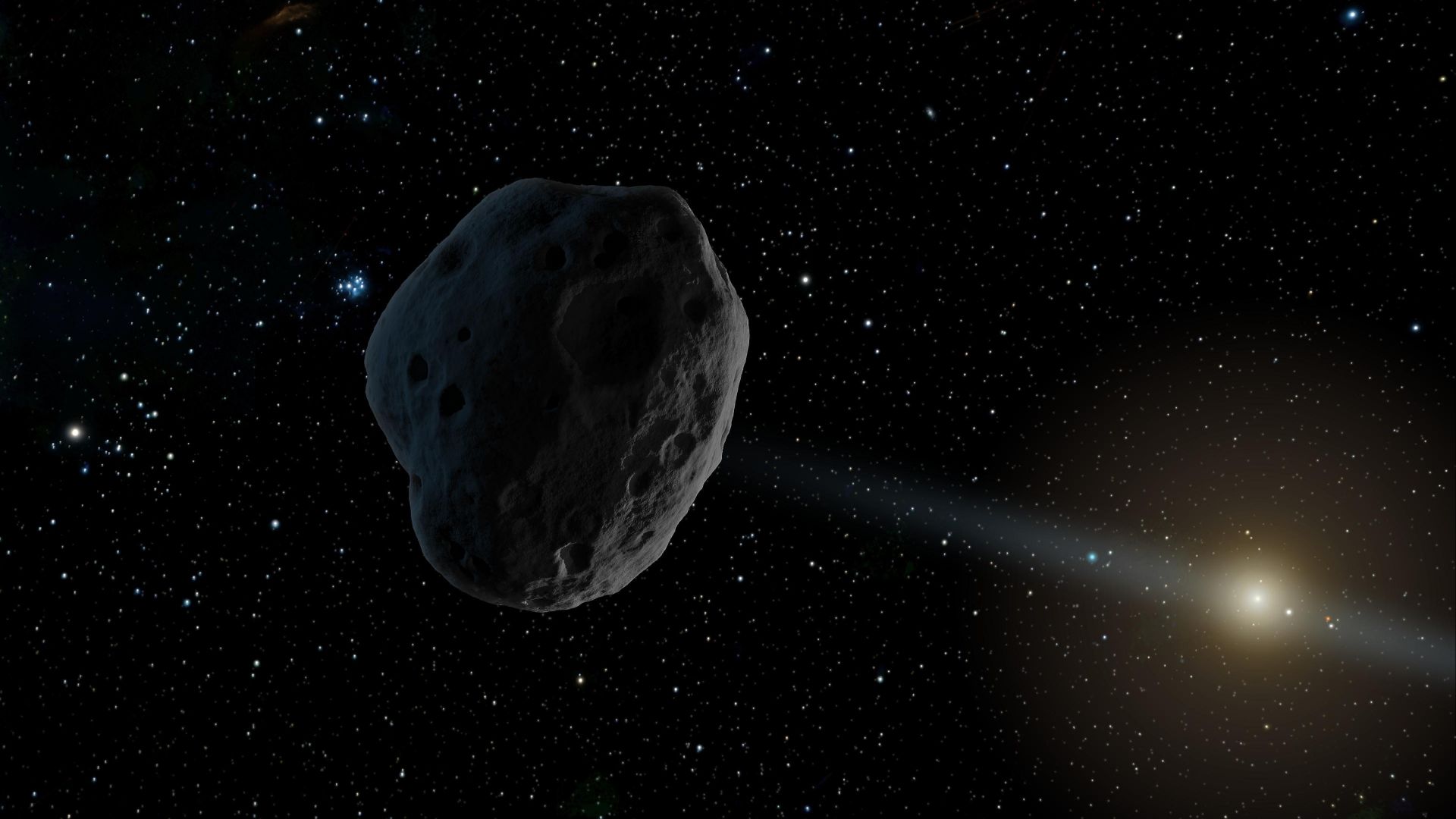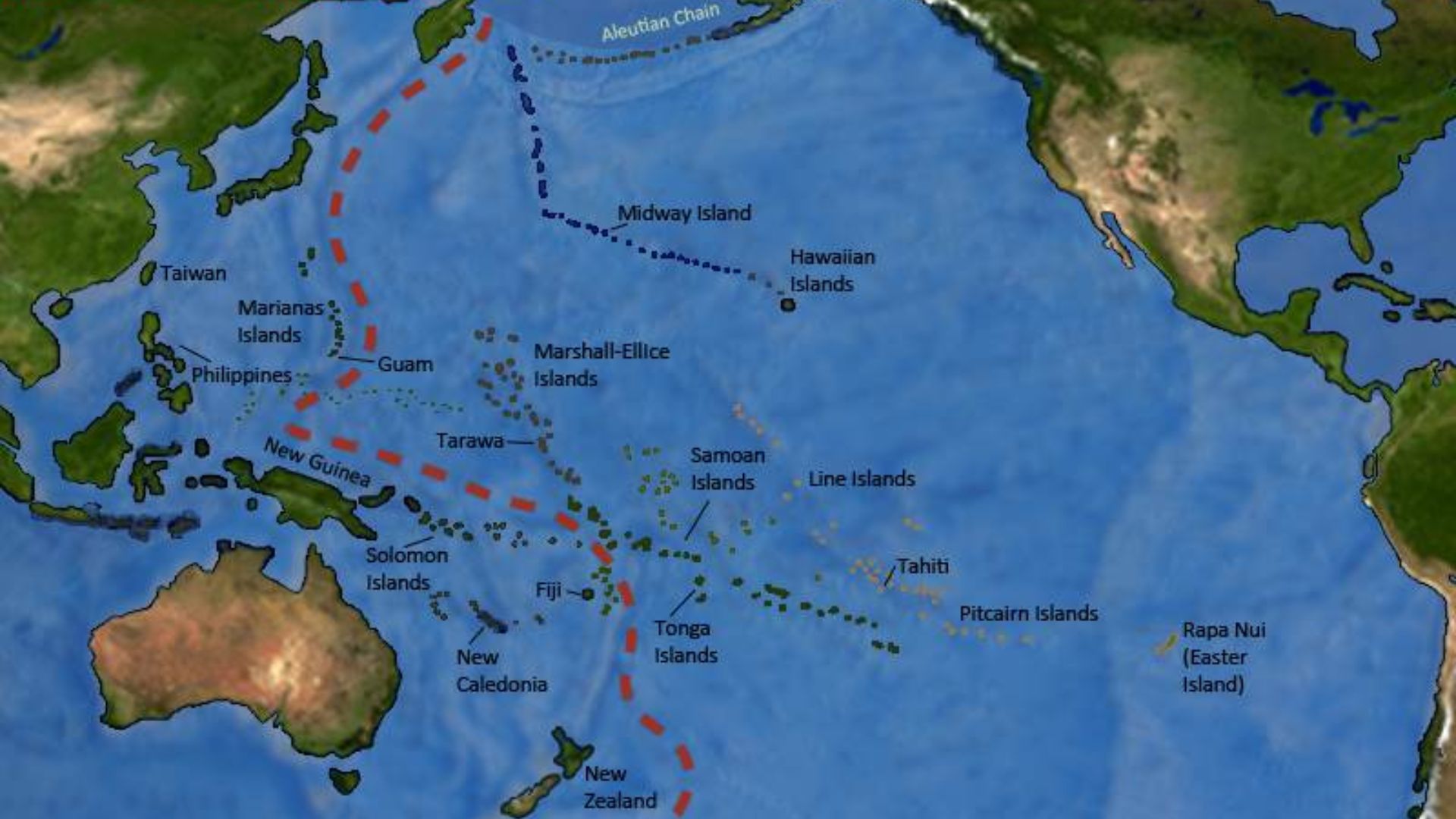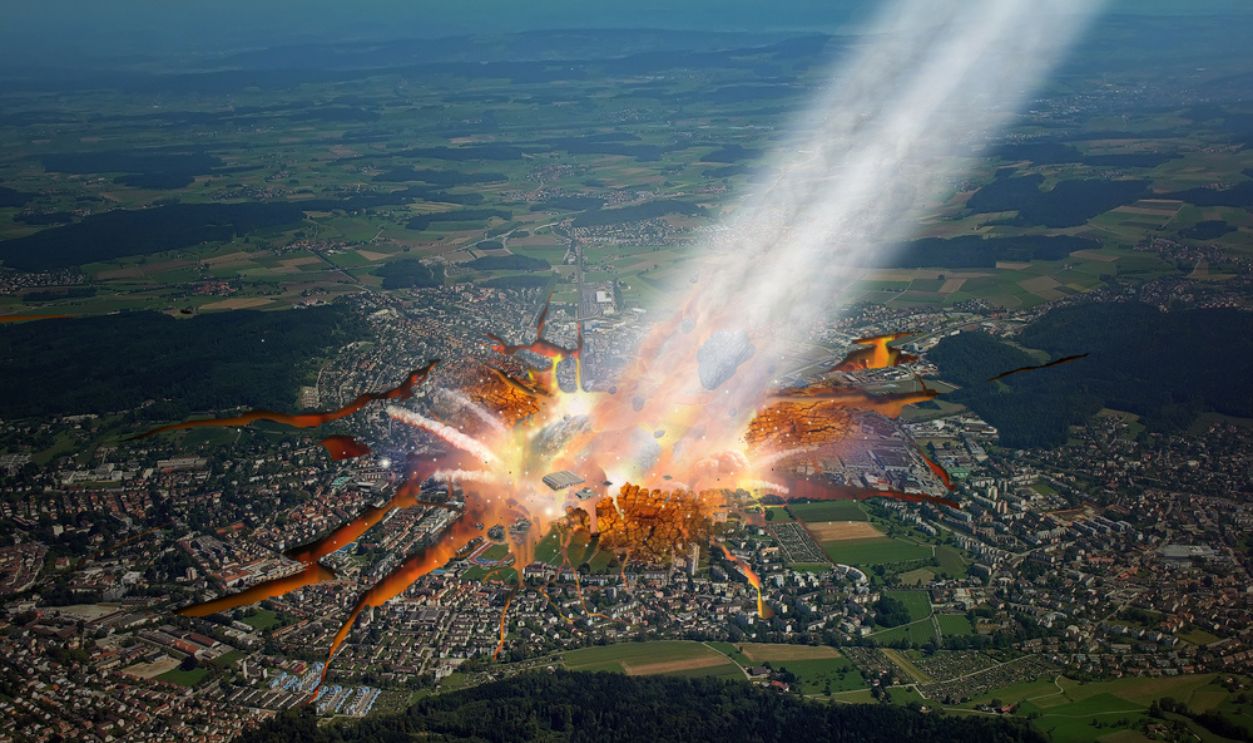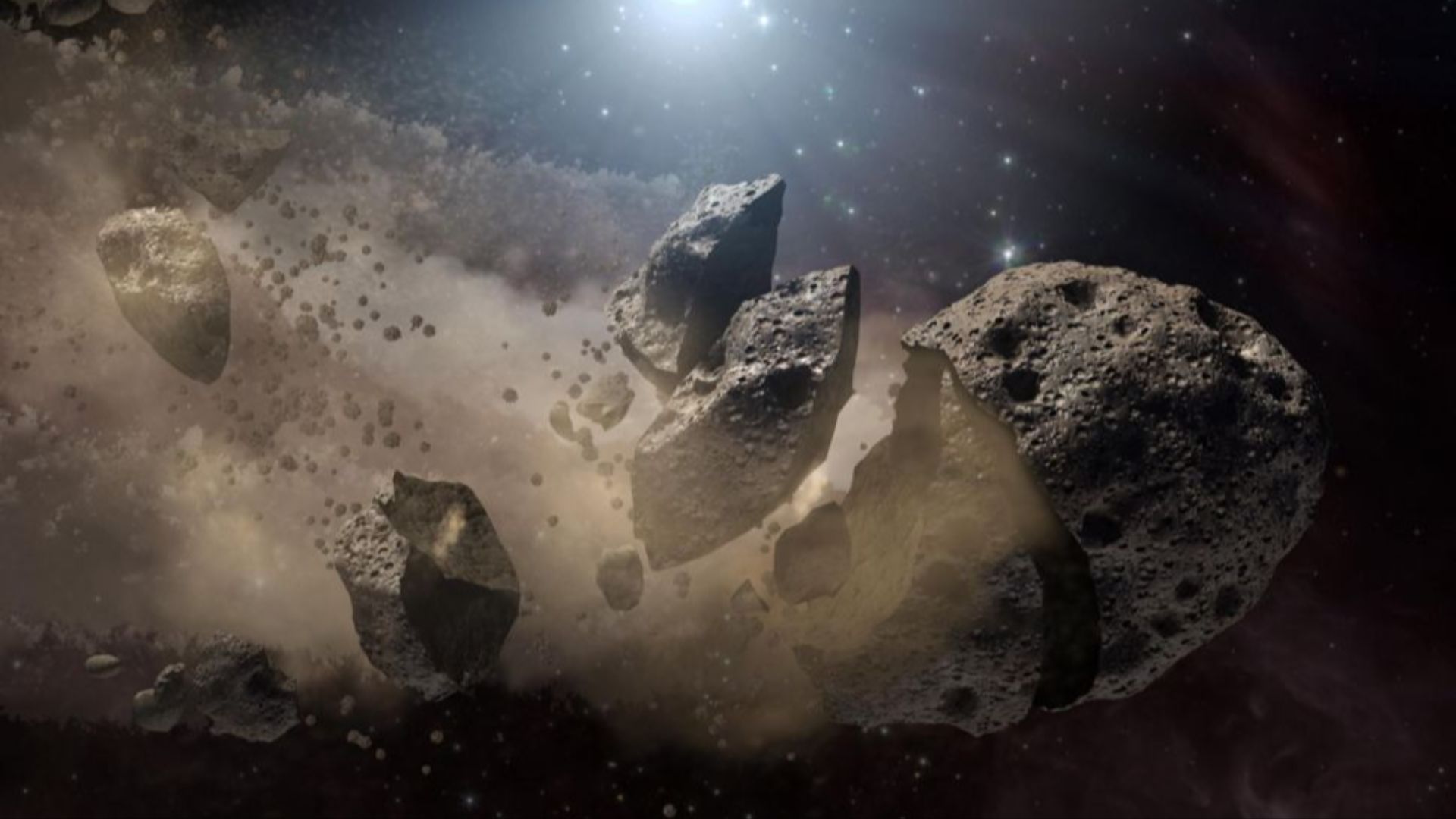Could Change Our Earth Forever
Space rocks hit Earth every day, but scientists are concerned about this asteroid that could strike in 2032. Sounds like a Hollywood movie plot, right? Only this isn’t fiction.

A Threat From Space
Asteroid 2024 YR4 is a newly discovered space rock that has captured global attention due to its potential to strike Earth on December 22, 2032. Measuring about 40–90 meters or 130–300 feet in diameter, it is large enough to cause a drastic impact, similar to the 1908 Tunguska event.
 NASA’s New Update RevealsThe Truth About Asteroid 2024 YR4 by NASASpaceNews
NASA’s New Update RevealsThe Truth About Asteroid 2024 YR4 by NASASpaceNews
That Brings Back Bad Memories
This event flattened about 800 square miles of forest in Siberia. Scientists estimate its energy could reach 8 megatons of TNT—hundreds of times more powerful than the Hiroshima bomb. While its current trajectory puts it at a 3.1% chance of collision, astronomers are closely monitoring it, according to NASA.
 Leonid Kulik, the expedition to the Tunguska event on Wikimedia
Leonid Kulik, the expedition to the Tunguska event on Wikimedia
Some Historical Context
Scientists believe a 160–200-foot asteroid or comet exploded mid-air, releasing energy equivalent to 10–15 megatons of TNT. The blast, which would have destroyed a city, was felt hundreds of miles away, but because it hit an unpopulated area, there were no confirmed human casualties.
Another Warning Sign From 2013
On February 15, 2013, a 10,000 tonnes asteroid entered Earth's atmosphere over Russia, exploding about 14 miles above Chelyabinsk with 30 times the energy of the Hiroshima bomb. The explosion shattered windows across six cities, injuring around 1,490 people—mostly from broken glass.
 Russian Meteor 15-02-2013 (Best Shots) [HD] by Artur Alves
Russian Meteor 15-02-2013 (Best Shots) [HD] by Artur Alves
That Wasn’t Underestimated
The meteor was undetected before impact and proved that even smaller space rocks can cause significant damage. 2024 YR4 would be far more destructive. The Chelyabinsk event reinforced the need for better asteroid detection and early warning systems to prevent future disasters.
Just Like One That Altered History
An asteroid that wiped out dinosaurs millions of years ago, known as the Chicxulub impactor, was about 6 miles wide and released energy equivalent to 72 tetratons of TNT. It triggered massive wildfires and a mass extinction event.
Not All Asteroids Are Dangerous
Believe it or not, hundreds of objects hit the Earth every year. As a matter of fact, more than 100 tons of dust fall from space every day. But they’re hardly detected and rarely cause any damage. Nevertheless, every 2,000 years or so, one body stands out.
What Makes This Asteroid Different?
Unlike past asteroid scares, 2024 YR4 has the highest recorded probability of impact for any near-Earth object. Most asteroids that pass close to Earth have collision odds in the million-to-one range, but this one has a 3.1%—making it a legitimate concern.
 This Asteroid Is A Problem by The Space Race
This Asteroid Is A Problem by The Space Race
A Great Worry
Additionally, possible impact locations span across multiple continents and oceans, and predicting the exact strike zone is challenging. Unlike the 2013 Chelyabinsk explosion, which shattered windows, YR4 is large enough to cause city-level devastation if it hits land, according to CBS News.
How Scientists Discovered YR4
Astronomers first detected 2024 YR4 in late 2024 using ground-based telescopes. Initial calculations showed an unusually high impact probability, which sparked immediate concern among space agencies. The asteroid’s orbit intersects Earth’s path, making December 2032 a critical moment for a potential collision.
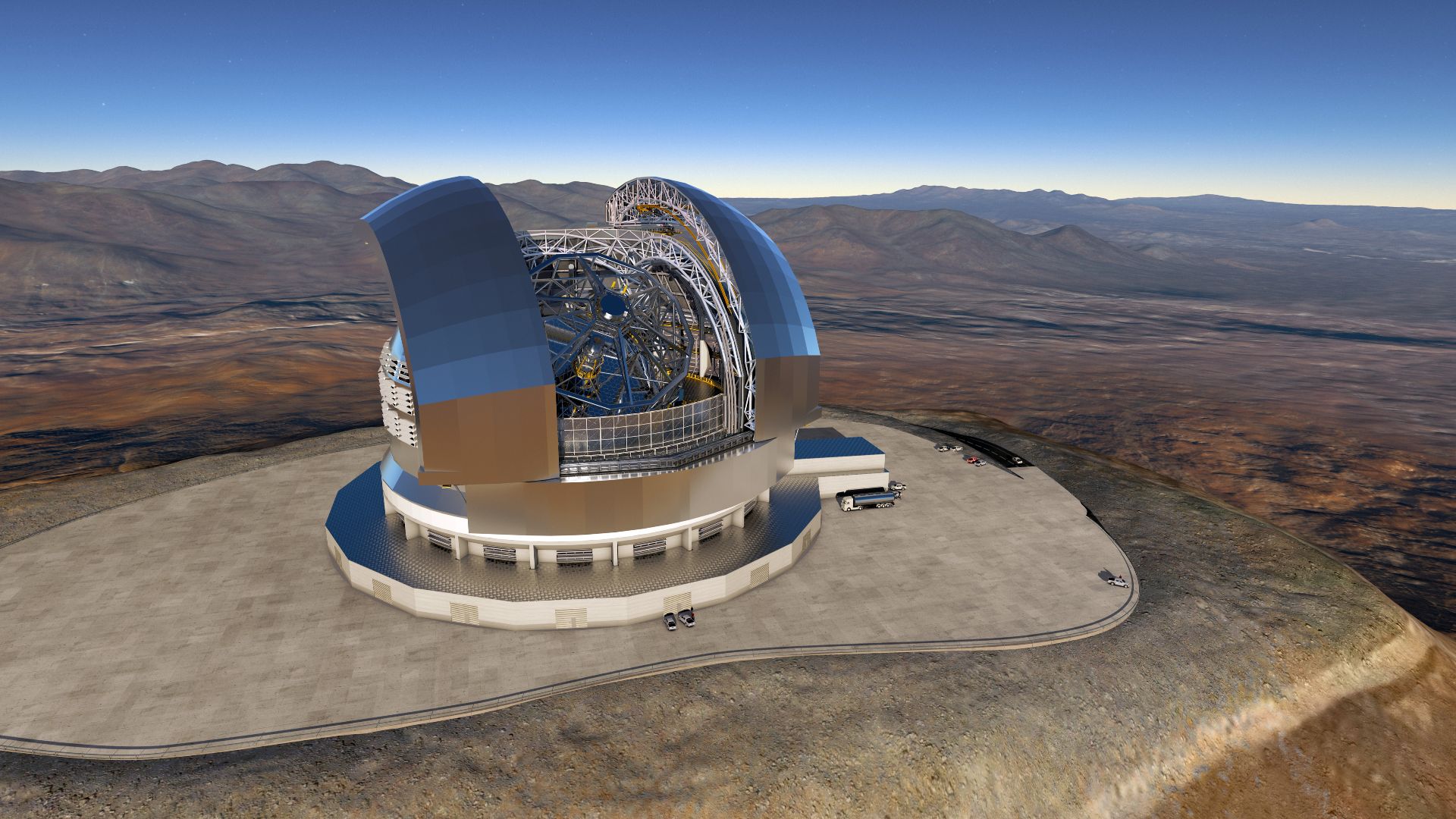 ESO/L. Calçada/ACe Consortium on Wikimedia
ESO/L. Calçada/ACe Consortium on Wikimedia
Here’s What They Found Out
Scientists use sophisticated tracking models to refine predictions, but the margin for error remains. The James Webb Space Telescope is set to observe YR4 in 2025, which should improve trajectory estimates. For now, YR4 remains a top priority for planetary defense teams.
How Do Asteroids Travel Through Space?
Asteroids are objects that orbit the Sun, mostly between Jupiter and Mars. They range in size from tiny pebbles to massive bodies hundreds of miles wide. Occasionally, gravitational forces from planets or collisions with other space rocks alter their paths, sending them toward Earth.
All The Way To Earth
When an asteroid’s orbit crosses ours, it becomes a potential impact threat. Most burn up in the atmosphere, but larger ones—like 2024 YR4—can survive entry and strike the surface with devastating force. Scientists track thousands of near-Earth asteroids, using telescopes and radar to predict their future movements.
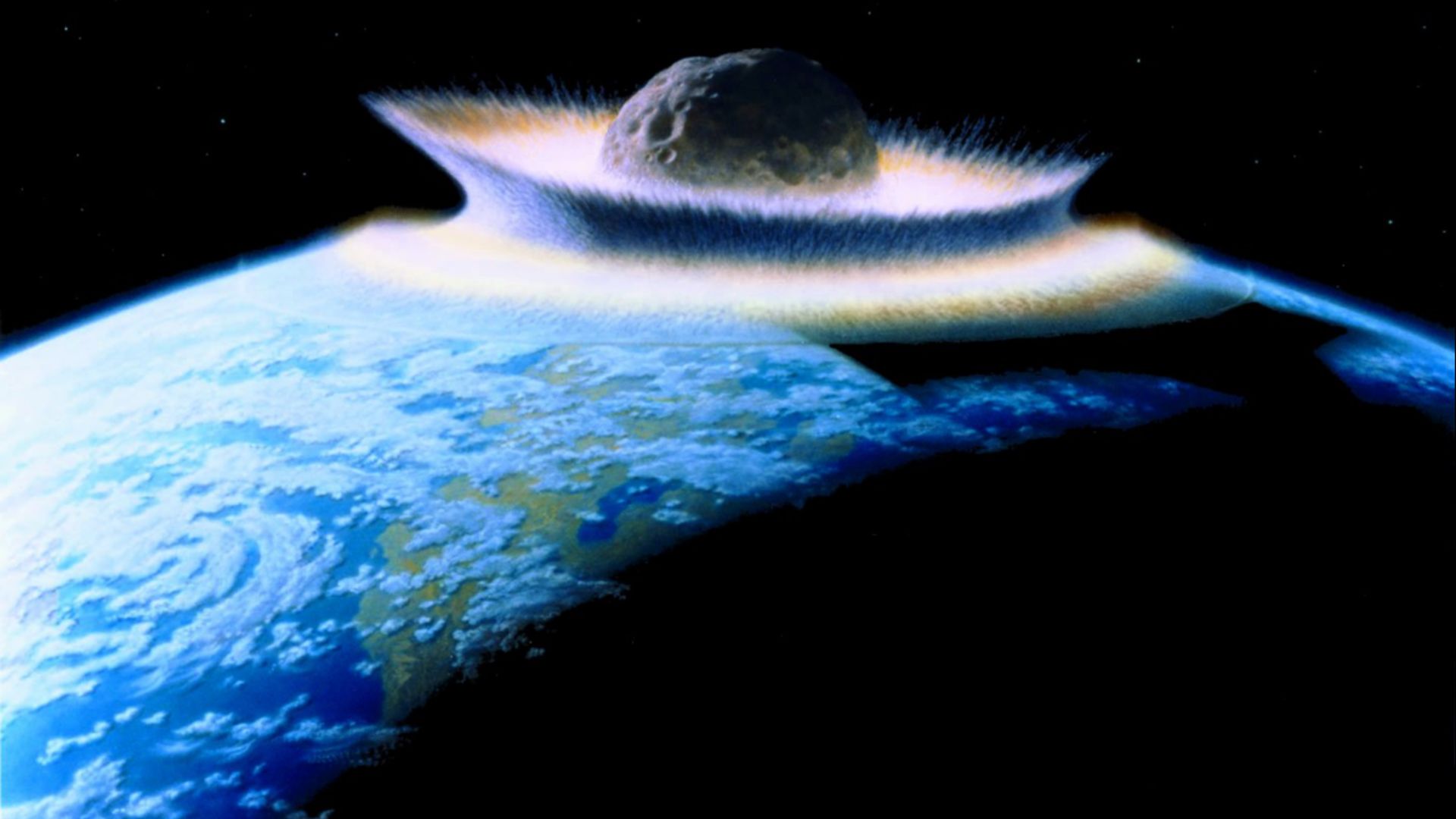 Don Davis (work commissioned by NASA) on Wikimedia
Don Davis (work commissioned by NASA) on Wikimedia
What We Know About 2024 YR4
Asteroid 2024 YR4 is estimated to be roughly the size of a football field, large enough to destroy a city if it impacts land. It’s traveling at an estimated 38,000 mph, meaning it could cross the entire US in just a few minutes.
And What It Might Be
As per CBS News, scientists believe YR4 is made of rock and metal, which would make it more resistant to breaking up in the atmosphere. If it were a looser, ice-rich body like a comet, it might fragment before impact. But its dense composition makes it a serious threat.
 This Asteroid Is A Problem by The Space Race
This Asteroid Is A Problem by The Space Race
With High Uncertainty
Since scientists aren’t entirely sure of what YR4 is made of, they can’t determine its exact size and, accordingly, its impact. As a result, they use lower and upper size limits. However, most agree that it’s almost the size of a big building and could cause much devastation and destruction.
 This Asteroid Is A Problem by The Space Race
This Asteroid Is A Problem by The Space Race
How Much Damage Could It Cause?
An asteroid’s damage potential depends on its speed, size, and composition. Since 2024 YR4 is moving fast, its impact would release massive amounts of kinetic energy when it strikes Earth. The energy that’s expected to be released could destroy many lives.
Compared To Other Asteroids
By comparison, the 2013 Chelyabinsk meteor explosion was only about 500 kilotons, yet it injured 1,500 people and caused $30 million in damage. If YR4 hits land, it could level an entire city. If it falls into an ocean, it could trigger massive waves.
What It Means For Earth
Such an impact would be catastrophic for any city in its path. The shockwave alone could flatten buildings for miles, while the heat from the blast could ignite fires over a vast area. If it struck an ocean, the resulting tsunami could devastate coastlines.
 ASTEROID IMPACT Comparison 🌑💥 by MetaBallStudios
ASTEROID IMPACT Comparison 🌑💥 by MetaBallStudios
In Different Scenarios
Even if YR4 exploded in the air before hitting the ground, similar to the Tunguska event in 1908, the destruction would be widespread. Scientists are using advanced models to determine where such an impact might occur, but until more data is collected, the world is left with an unsettling uncertainty.
Could It Cause A Mini Ice Age?
Large asteroid impacts can throw massive amounts of dust and debris into the atmosphere, potentially cooling the planet. This happened with the Chicxulub impact 66 million years ago, which led to a dramatic drop in temperatures. However, 2024 YR4 is much smaller and unlikely to cause a global climate shift.
How NASA And ESA Calculate Impact Probabilities
NASA and the ESA or European Space Agency use advanced mathematical models to predict asteroid trajectories. When an asteroid like 2024 YR4 is discovered, scientists track its orbit using telescopes and radar. They calculate its future positions based on gravitational forces from planets and other celestial bodies.
 This Asteroid Is A Problem by The Space Race
This Asteroid Is A Problem by The Space Race
And Estimate Outcomes
The more observations they collect, the more accurate their predictions become. NASA’s Sentry system and ESA’s NEODyS system analyze thousands of possible impact scenarios, assigning a probability to each. If an asteroid’s risk is high, agencies prioritize it for further tracking and potential deflection strategies.
 This Asteroid Is A Problem by The Space Race
This Asteroid Is A Problem by The Space Race
A 3.1% Possibility
Most asteroids with a potential Earth impact have odds in the millions-to-one range, meaning they’re highly unlikely to hit us. However, 2024 YR4 has an estimated 3.1% or about 1 in 32 chance of striking Earth in December 2032, according to NASA.
 Don't Look Up - Comet Hits the Earth by CINEMATIC STYLE
Don't Look Up - Comet Hits the Earth by CINEMATIC STYLE
And What It Means
This is the highest probability ever recorded for a potentially hazardous asteroid. For comparison, the much-feared asteroid Apophis once had a 1 in 45,000 chance of impact before new data ruled it out. The 1 in 32 odds make YR4 a serious concern, prompting global space agencies to monitor it closely.
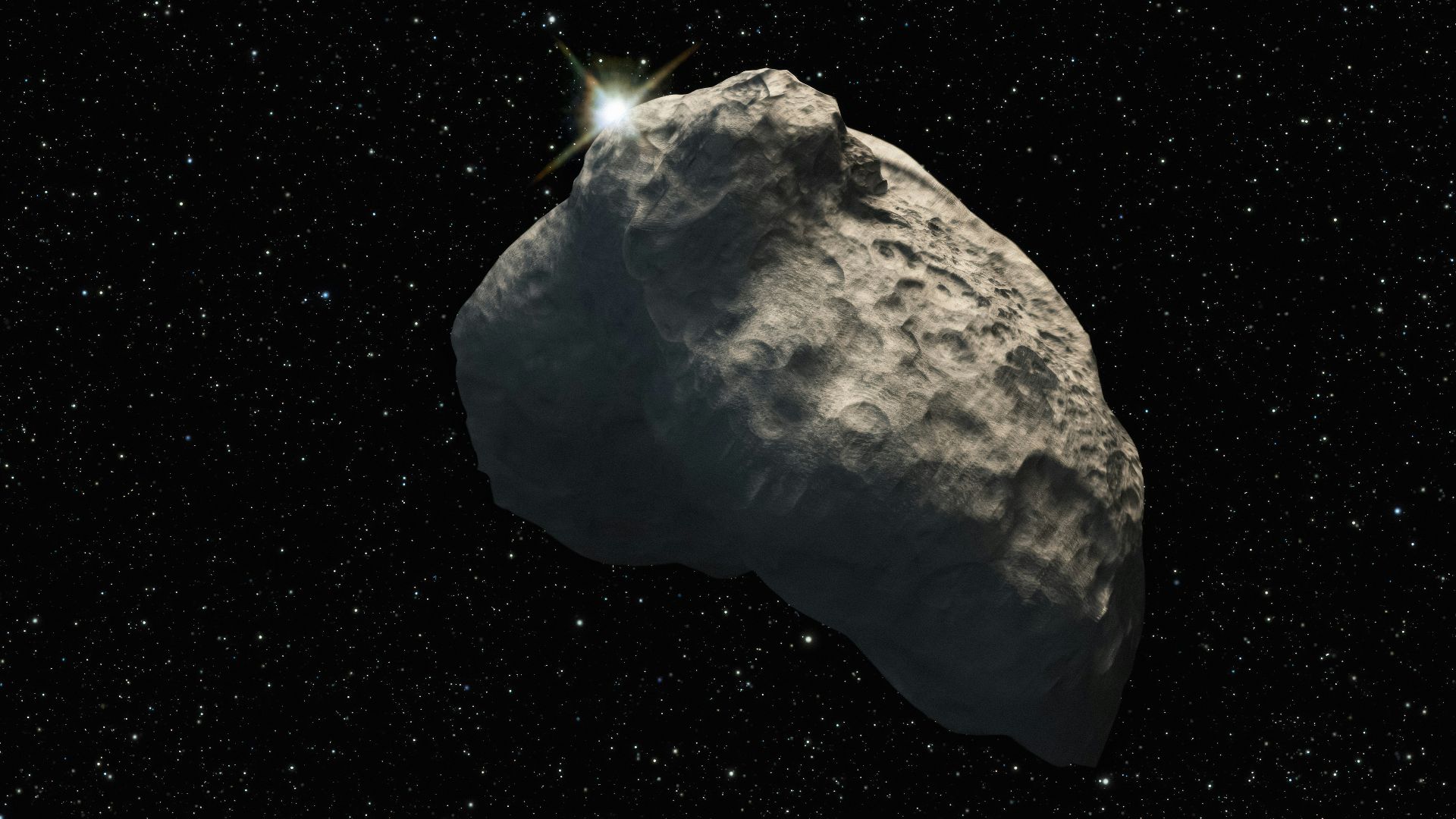 NASA Hubble Space Telescope on Unsplash
NASA Hubble Space Telescope on Unsplash
Why Impact Probabilities Change Over Time
When an asteroid is first discovered, its orbit is based on limited data. This makes early predictions less precise. As scientists gather more observations, they refine calculations, and impact probabilities often decrease, and these bodies are no longer considered a threat to humanity.
 This Asteroid Is A Problem by The Space Race
This Asteroid Is A Problem by The Space Race
And How It Happened Before
This has happened with several asteroids, including Apophis and Bennu. Both were initially seen as threats but later ruled out. Small changes in an asteroid’s trajectory, caused by gravitational nudges or even sunlight (the Yarkovsky effect), can shift its path over time.
What We Hope For
According to CBS News, scientists are using the latest technology to gather more data about 2024 YR4. Upcoming observations will likely clarify whether it’s truly on a collision course or just a close pass. As a result, this information will help those in charge prepare for the asteroid.
 NEW UPDATE: NASA WARNING—City-Killer Asteroid 2024 YR4 Puts 100 Million At Risk! by Spacialize
NEW UPDATE: NASA WARNING—City-Killer Asteroid 2024 YR4 Puts 100 Million At Risk! by Spacialize
The Role Of The James Webb Space Telescope
The James Webb Space Telescope is set to observe 2024 YR4 in early 2025 to provide essential data to refine its trajectory, according to WBAL TV. While ground-based telescopes track asteroids from Earth, JWST’s position in space gives it a clearer, unobstructed view.
 This Asteroid Is A Problem by The Space Race
This Asteroid Is A Problem by The Space Race
Can It Answer Questions?
By detecting heat signatures and surface composition, the JWST can help scientists understand YR4’s density and rotation. These factors influence how the asteroid moves through space. Webb’s infrared capabilities will also help determine if the Yarkovsky effect—a force caused by sunlight warming one side of the asteroid—is altering its path.
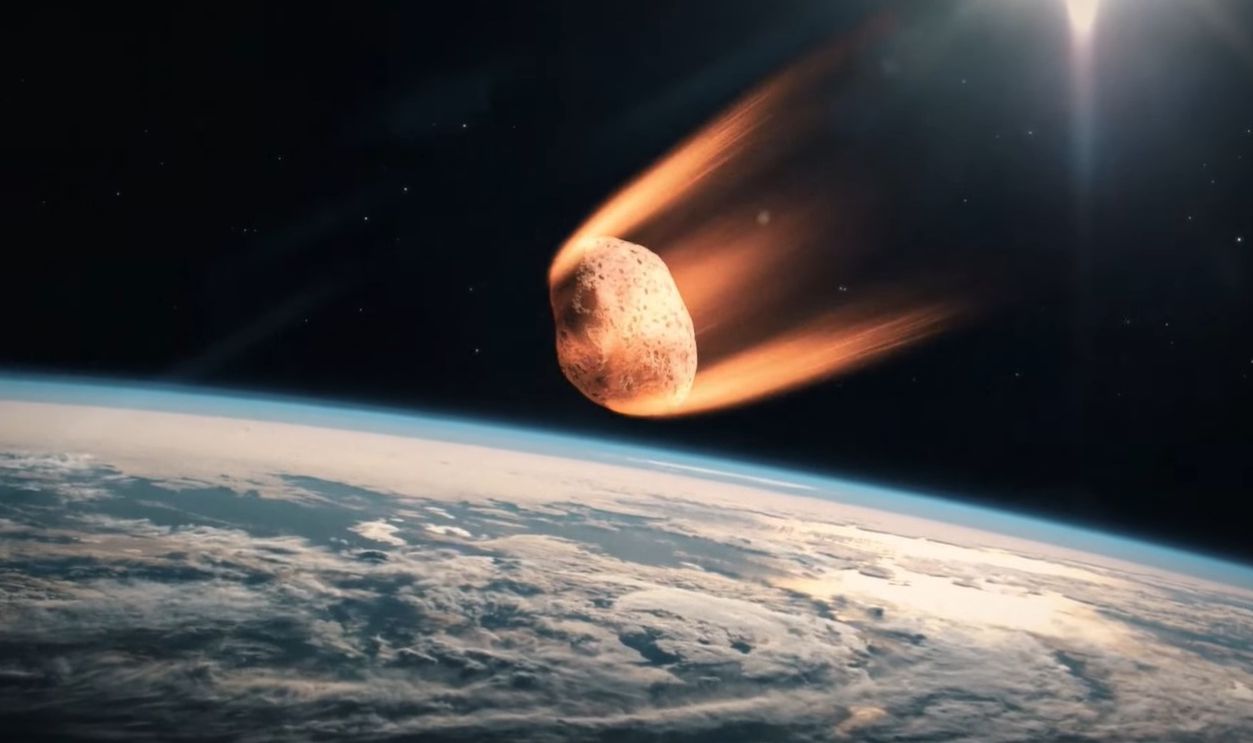 This Asteroid Is A Problem by The Space Race
This Asteroid Is A Problem by The Space Race
And Could The Asteroid Miss Earth?
There’s still a good chance that 2024 YR4 will miss Earth, thanks to the uncertainty in its projected orbit. Right now, scientists only have a limited number of observations, meaning their calculations come with a margin of error. Over time, as more data is collected, that uncertainty shrinks.
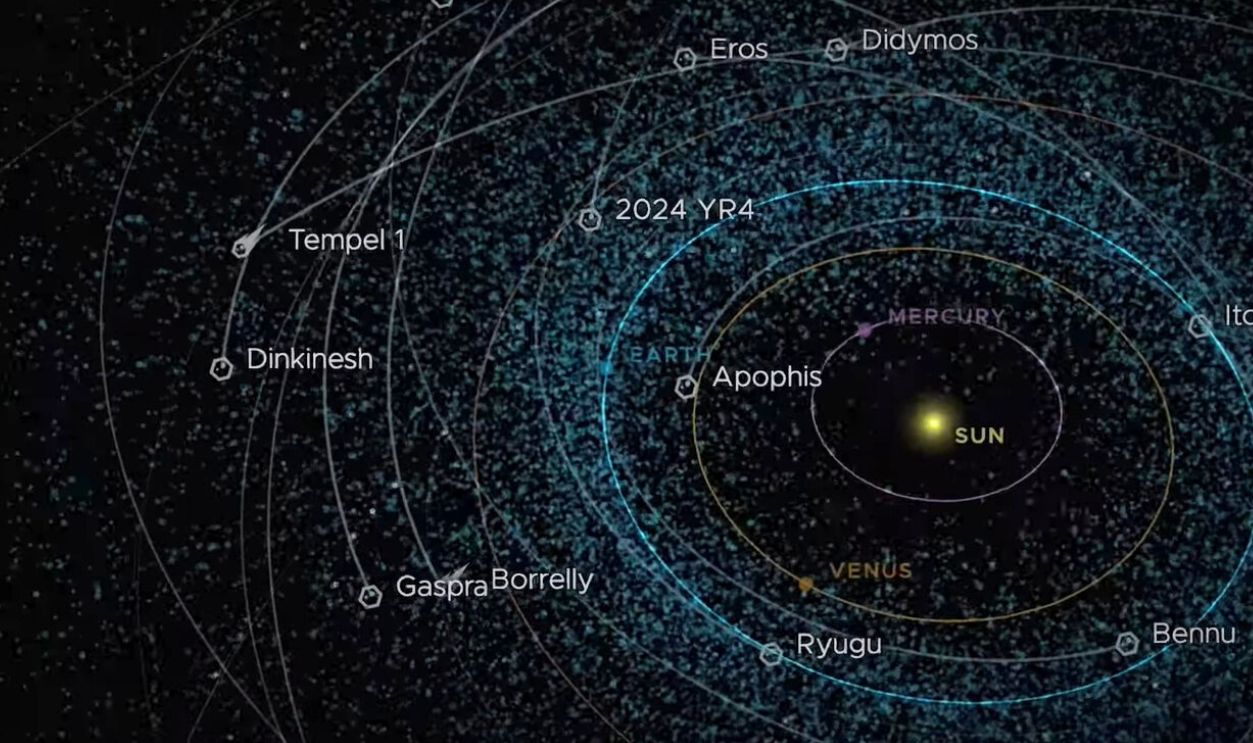 This Asteroid Is A Problem by The Space Race
This Asteroid Is A Problem by The Space Race
With Updated Information
According to ESA, new information is currently collected to give a clearer picture of YR4’s predicted behavior. Historically, most asteroids that initially appear threatening are later ruled out. However, until a definitive trajectory is confirmed, the possibility of impact remains. That’s why continued monitoring is critical.
Where Might 2024 YR4 Strike?
Asteroid 2024 YR4's potential impact path spans a vast region, creating a "risk corridor" that includes parts of the eastern Pacific Ocean, northern South America, the Atlantic Ocean, Africa, the Arabian Sea, and southern Asia, according to The Times.
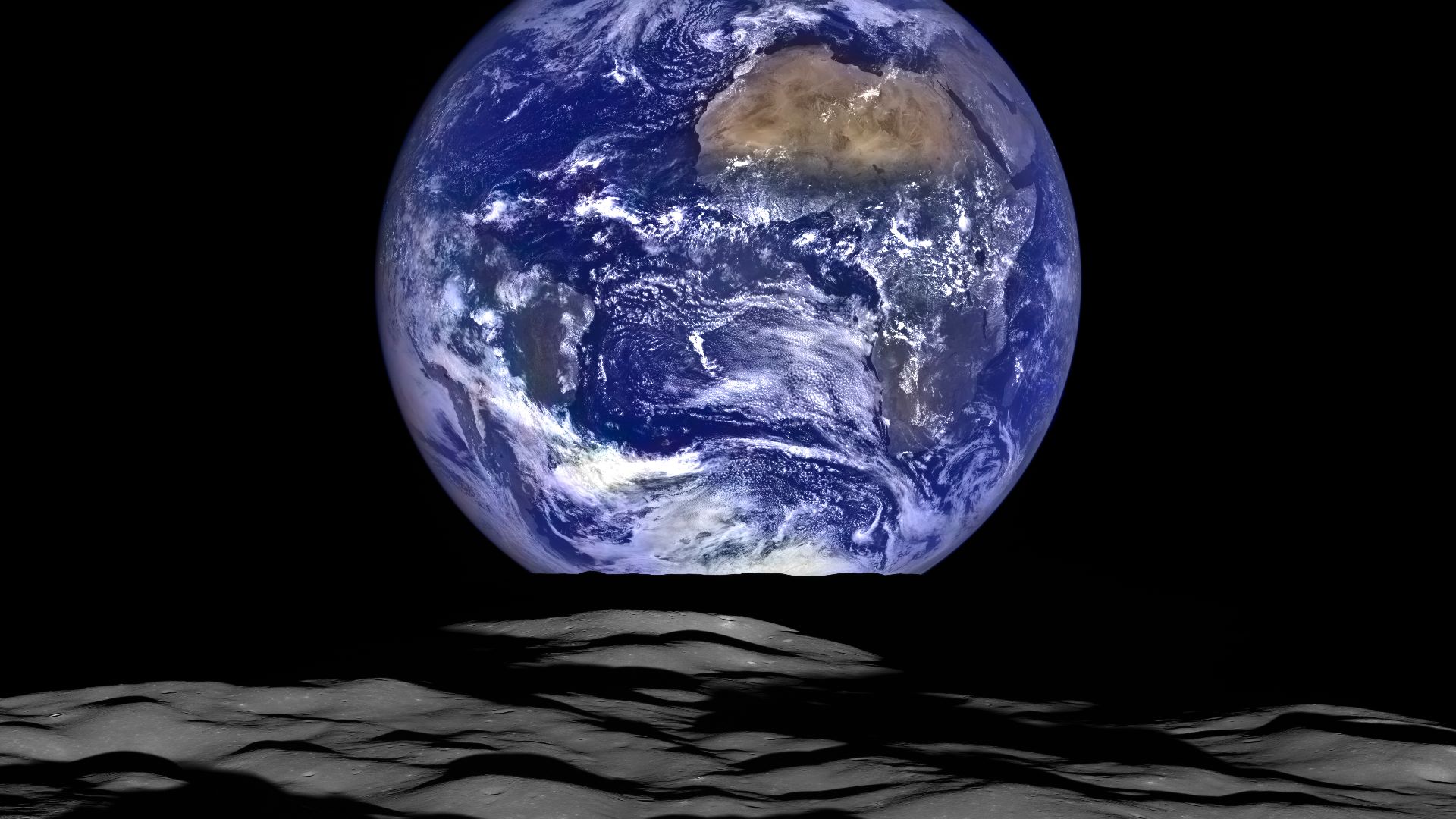 NASA / Goddard Space Flight Center / Arizona State University on Wikimedia
NASA / Goddard Space Flight Center / Arizona State University on Wikimedia
A Worldwide Effect
Cities such as Bogota, Lagos, Mumbai, and Chennai fall within this zone. They’re collectively home to over 100 million people, which explains why YR4 is considered a real threat. However, the exact impact location depends on various factors, including the Earth's rotation at the time of the potential collision.
The Most Likely Locations
If 2024 YR4 were to impact Earth, it might strike the eastern Pacific Ocean, northern regions of South America, or the Atlantic Ocean. These areas are highlighted due to the asteroid's projected path and the timing of Earth's rotation on the anticipated impact date, December 22, 2032.
What Happens If It Strikes An Ocean?
The consequences of 2024 YR4 impacting Earth differ significantly between oceanic and terrestrial collisions. An ocean impact could vaporize vast amounts of water, injecting water vapor into the atmosphere, which might influence climate patterns. However, the likelihood of massive, apocalyptic tsunamis is lower than often portrayed, according to Smithsonian Magazine.
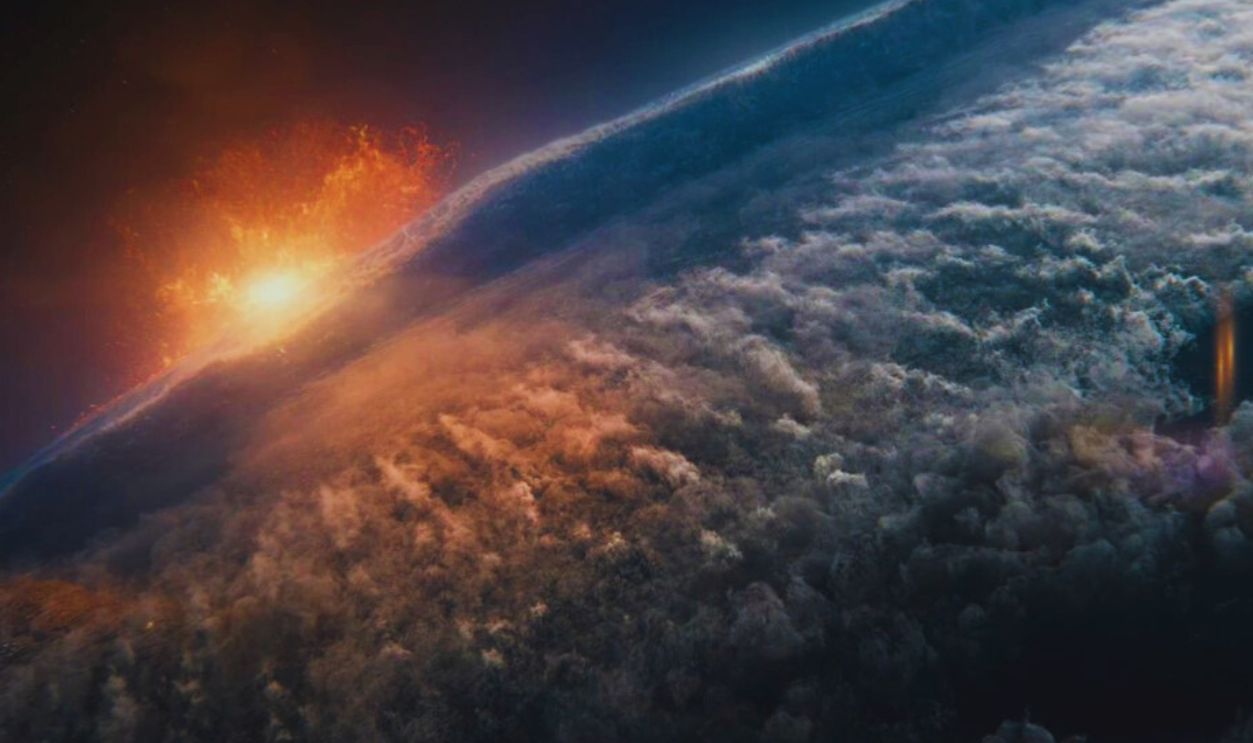 Don't Look Up - Comet Hits the Earth by CINEMATIC STYLE
Don't Look Up - Comet Hits the Earth by CINEMATIC STYLE
Versus A Land Impact
Conversely, a land impact would result in immediate and localized devastation. This includes the formation of a crater, shockwaves, and potential fires that would end lives on the spot. The effects depend on the site's geography and population density, but it carries a bigger risk than an oceanic impact.
In Different Regions
Should 2024 YR4 collide with a densely populated urban area, the consequences would be catastrophic. The immediate blast could flatten structures within a several-mile radius, with shockwaves causing further damage over a broader area. Fires ignited by the intense heat could spread rapidly and increase the destruction.
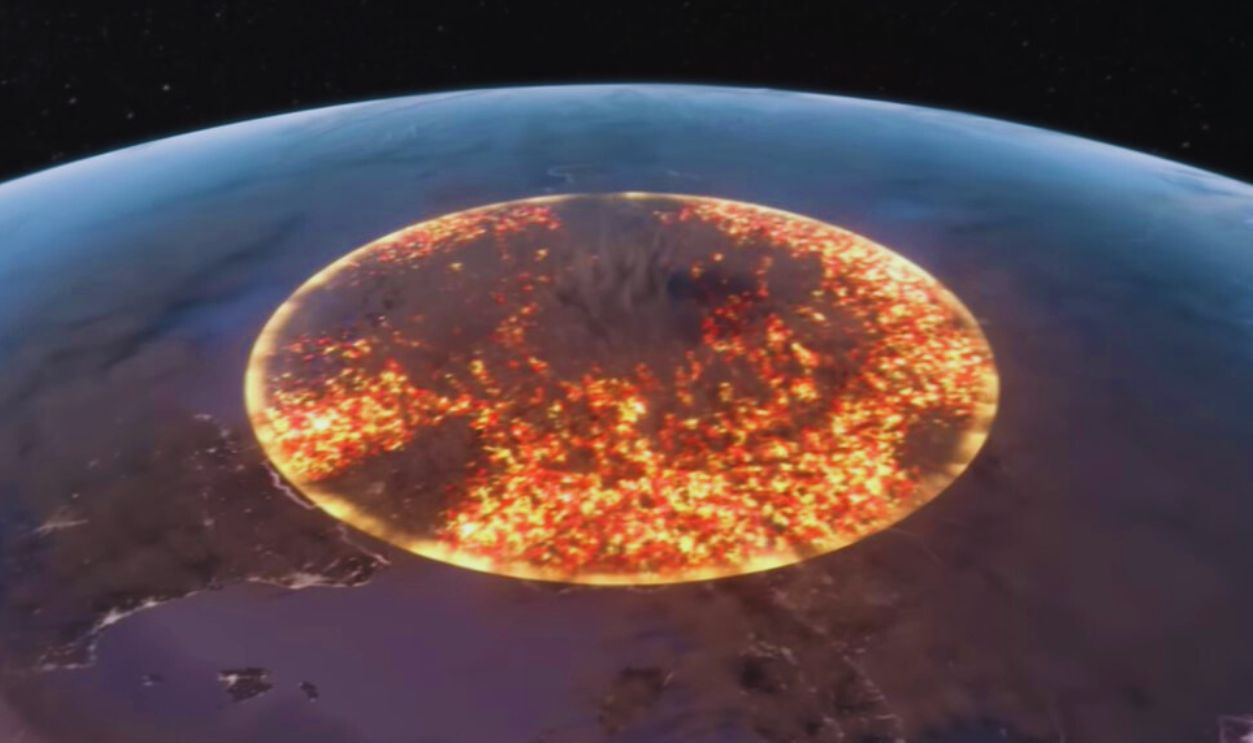 ASTEROID IMPACT Comparison 🌑💥 by MetaBallStudios
ASTEROID IMPACT Comparison 🌑💥 by MetaBallStudios
Across Our World
In regions with less solid infrastructure, the human toll could be even more severe due to building collapses and limited emergency response capabilities. In contrast, an impact in a sparsely populated area would result in fewer casualties but could still have significant environmental impacts.
 Marti Bug Catcher, Shutterstock
Marti Bug Catcher, Shutterstock
Can We Stop It?
Experts have several potential deflection methods, but none are foolproof. Kinetic impactors, like NASA’s DART mission, could nudge the asteroid off course. Other proposals include nuclear explosions near the asteroid to alter its trajectory or using a gravity tractor.
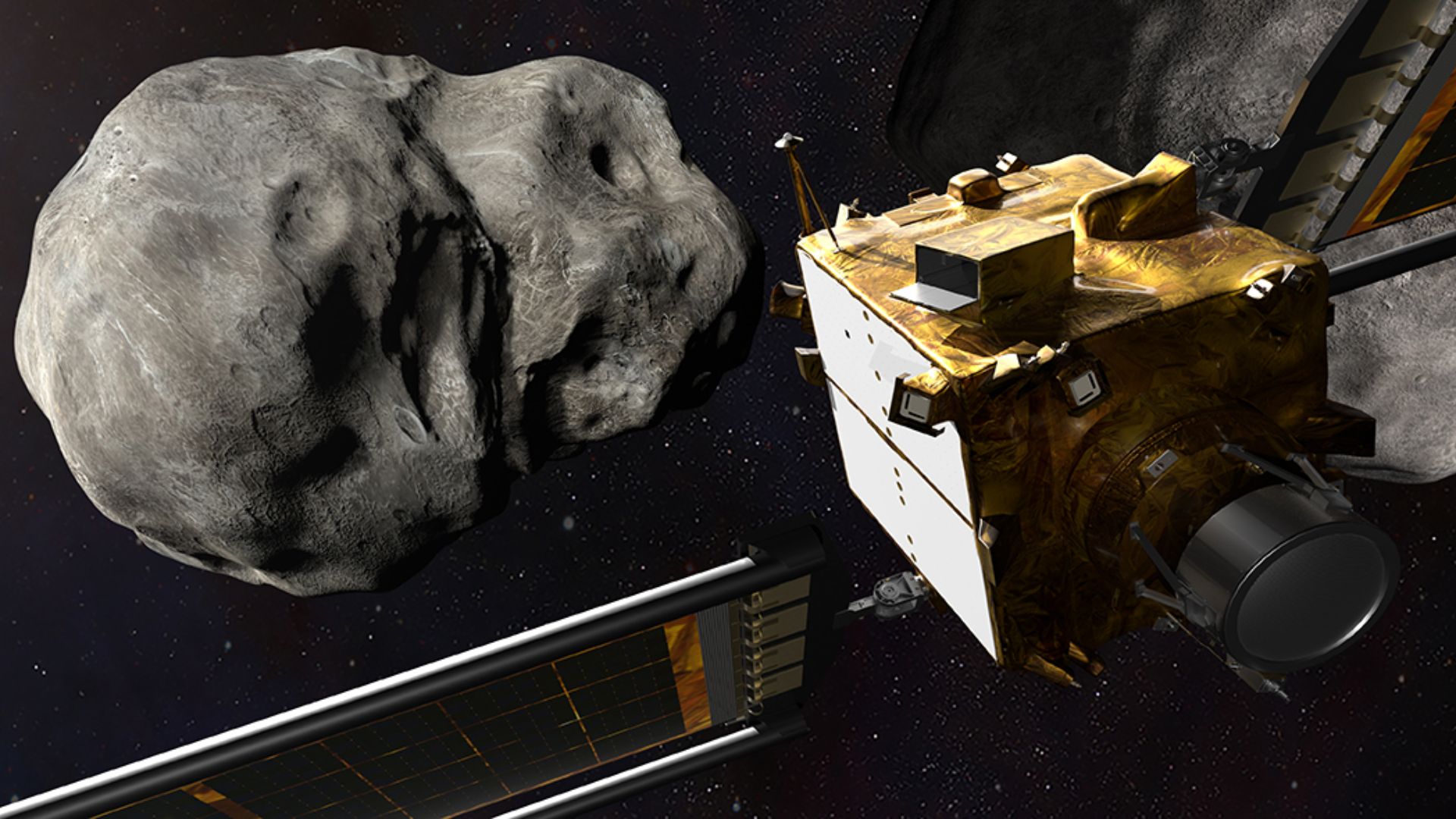 National Aeronautics and Space Administration on Wikimedia
National Aeronautics and Space Administration on Wikimedia
NASA’s DART Mission
In 2022, NASA's DART mission successfully altered the orbit of the asteroid Dimorphos by crashing a spacecraft into it. This proved that a kinetic impactor could work as a planetary defense strategy. However, Dimorphos was a small asteroid, and its orbit was easier to change than YR4's would be.
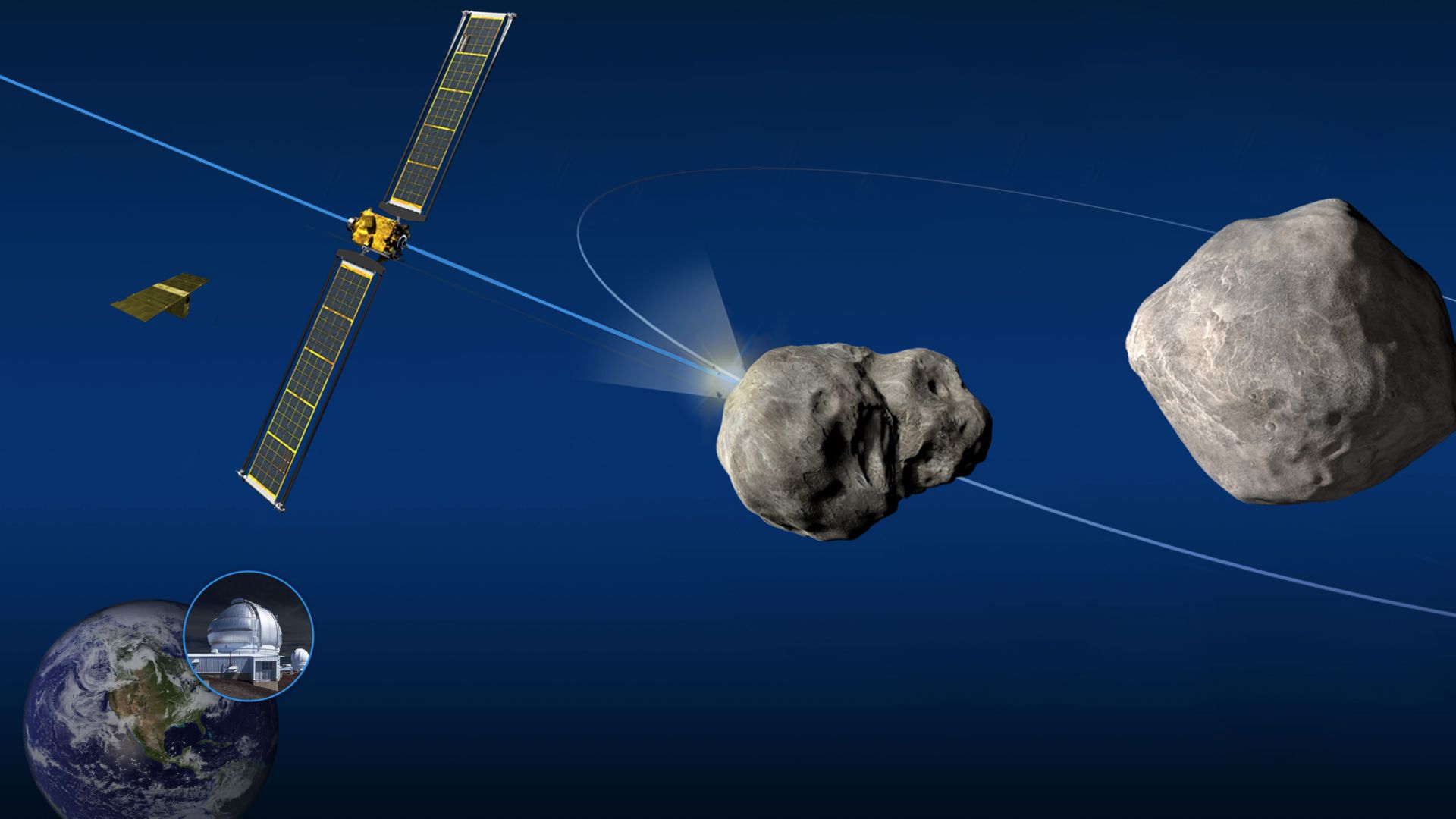 Credits: NASA/Johns Hopkins Applied Physics Lab on Wikimedia
Credits: NASA/Johns Hopkins Applied Physics Lab on Wikimedia
The Role Of The United Nations
A potential asteroid impact isn't just one country’s problem—it’s a global issue. That’s why the United Nations has a dedicated Office for Outer Space Affairs and an International Asteroid Warning Network to coordinate detection and response efforts. If YR4’s risk increases, the UN would likely lead global deflection discussions.
Expected Challenges
If we don’t have years to prepare, stopping 2024 YR4 becomes extremely difficult. Kinetic impactors take time to work, and nuclear options carry political and environmental risks. Most asteroid deflection strategies require years of planning, and current spaceflight capabilities may not be fast enough to intercept YR4 in time.
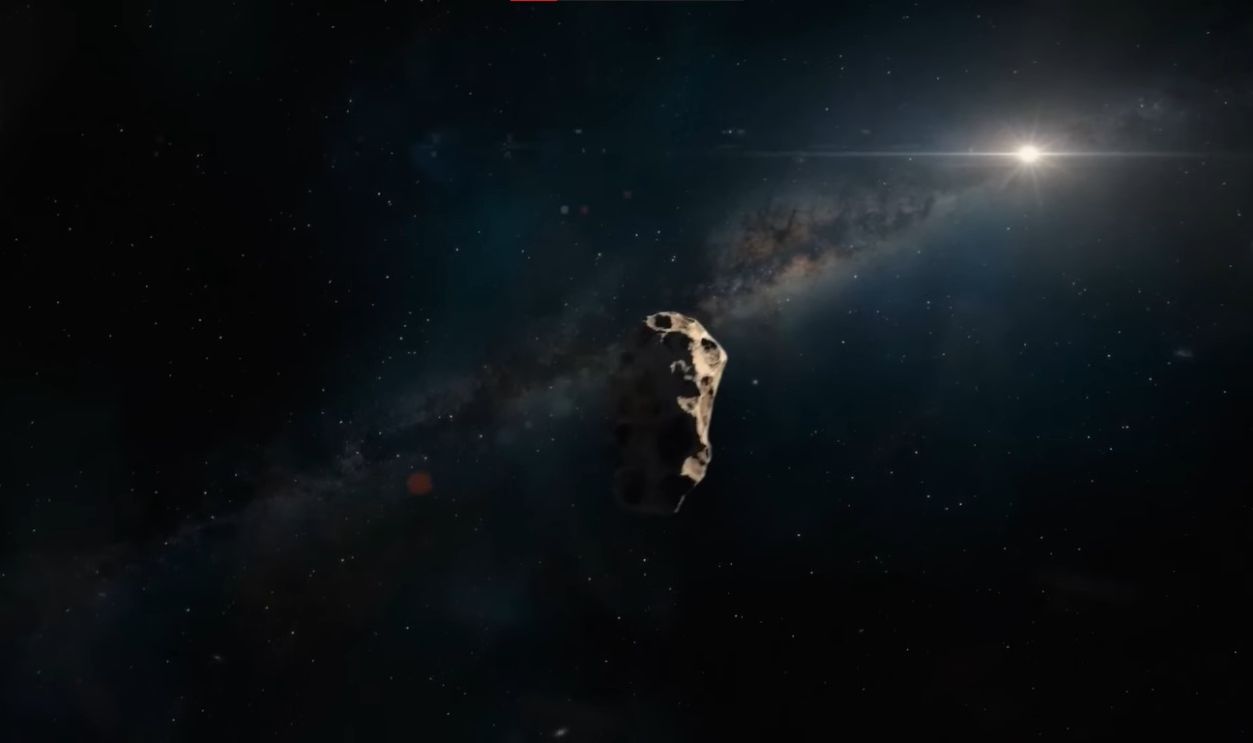 This Asteroid Is A Problem by The Space Race
This Asteroid Is A Problem by The Space Race
The Importance Of Space Surveillance
Asteroid threats don’t end with YR4. There are thousands of near-Earth objects (NEOs) that could pose future risks. Space agencies rely on telescopes and the upcoming NEO Surveyor to track these objects. However, many asteroids remain undiscovered, especially those approaching from the direction of the Sun.

